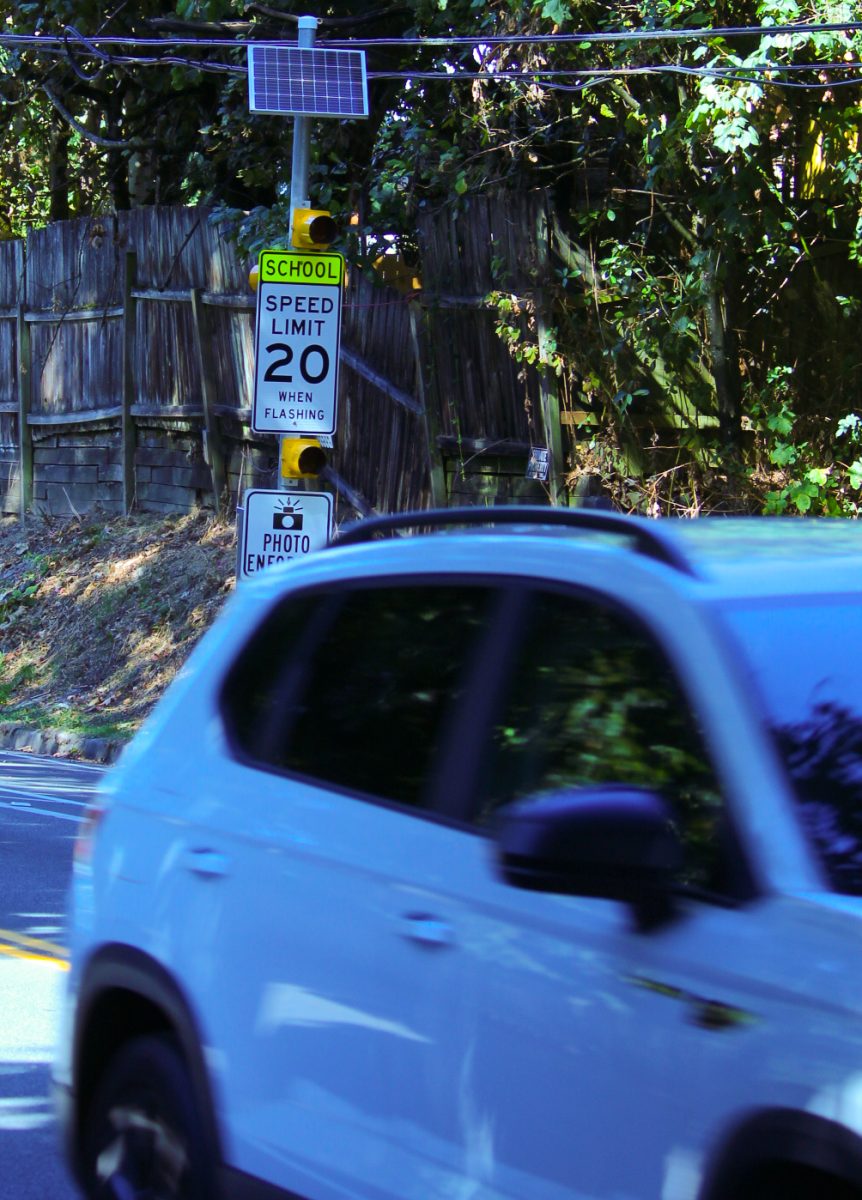On Jan. 6, Trump administration officials auctioned off oil and gas leases in Alaska’s Arctic National Wildlife Refuge, in accordance with the 2017 Tax Cuts and Jobs Act.
The region is known as the coastal plain; about 11.8 billion barrels of oil lie underneath the area. However, the nearly 1.6 million-acre land attracts hundreds of thousands of migrating caribou and waterfowl each year and provides critical habitat for the Southern Beaufort Sea’s remaining polar bears who are at risk. Federal scientists estimate that a third of the bears’ maternal dens lie within the area.
In a federal court hearing on Jan 4, environmental groups unsuccessfully sought a preliminary injunction to stop the lease sale. It was argued that such a move would cost Alaskan natives living in the region jobs and revenue.
Indigenous groups, such as the Gwich’in people, were unhappy that the leases were offered, as they have relied for centuries on the Porcupine caribou herd that migrates each year through the refuge. The concerns they raised during the public comment period did result in 460,000 acres, or 10 leasable tracts, being withdrawn due to wildlife concerns involving caribou and polar bears, but many environmentalists question whether that concession is sufficient.
Kaktovik, a small native village with a population of 260 on the northern edge of the refuge, also has control of 372 square kilometers of land inside the reserve. Many argue that the drilling for oil could provide a major economic boost for the village residents.
“We live in a cash economy even in the Arctic, and we need jobs and an economy to survive,” says Matthew Rexford, a lifelong Kaktovik resident and president of the native corporation.
Nonetheless, with the damage to the area that has already occurred when seismic activity was used to detect the presence of oil as evidence it was evident that the landscape is quite sensitive. The tundra still has scars from the only previous seismic exploration in the refuge, done in the winter in the mid-1980s.
This also affects wildlife. For instance it is observed that as sea ice on the Arctic Ocean abutting the refuge shrinks, polar bears in the area are threatened with extinction due to climate change. They have been forced to spend more time on land. The activity could also disturb or squash hibernating female bears and cubs, whose dens are hidden under snow.
The recent auction for oil drilling leases in the Alaskan Arctic has attracted no major oil companies, and the amount raised was nowhere near what was projected when the Republican-led Congress officially opened the coastal plain to drilling in 2017 as part of the Tax Cuts and Jobs Act. In fact, of the 22 parcels of land, totaling 1.1 million acres, the government of Alaska was the sole bidder and ended up winning leases on 9 of the 12 parcels that received bids. Half of the profit will go to the federal government, while the other half will go back to the state of Alaska.
President-elect Joe Biden has vowed to ban all new drilling on public land.
“We aim to permanently [protect] the Arctic National Wildlife Refuge and other areas impacted by President Trump’s attack on federal lands and waters.” wrote the President-elect’s administration on their website.
Overall, as a result of the minimal interest which was not expected, there still remain openings for the protection of the Arctic National Wildlife Refuge, and Trump’s Tax Cuts and Jobs Act of 2017 has not exceeded expectations.
















